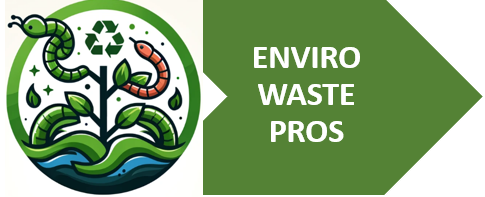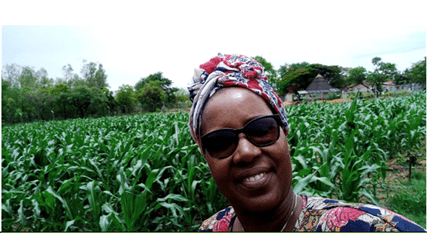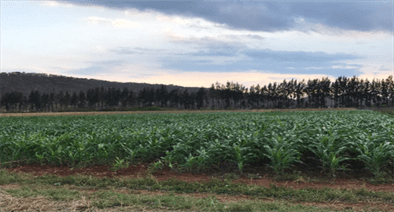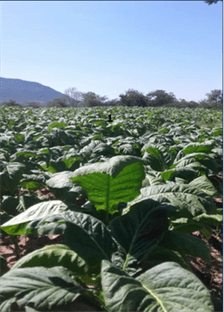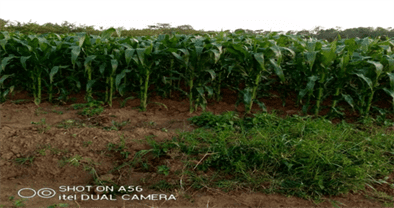Jati earthworm breeding composter
Overview: The Jati Earthworm Breeding Composter, developed by Zim Earthworm Farms, is an innovative solution designed to enhance agricultural productivity and sustainability in Zimbabwe.
This technology leverages the natural capabilities of earthworms to convert organic waste into nutrient-rich vermicompost, thereby improving soil health, increasing crop yields, and reducing the need for chemical fertilizers.
Key Features:
Vermicomposting Technology:
Utilizes earthworms to decompose organic matter into high-quality compost.
Thermophilic and Mesophilic Phases:
Ensures efficient decomposition and pathogen destruction through temperature regulation and earthworm activity.
Optimal Conditions Maintenance:
Manages moisture and aeration to create the ideal environment for earthworm breeding and compost production.
our Jati earthworm breeding composter
Application and Impact
The Jati Earthworm Breeding Composter is particularly beneficial for smallholder farmers in Zimbabwe, who constitute more than 50% of the farming population. By improving soil health and fertility, this technology supports sustainable food production, enhances resilience to climate change, and contributes to poverty alleviation.
our Jati earthworm breeding composter
Benefits:
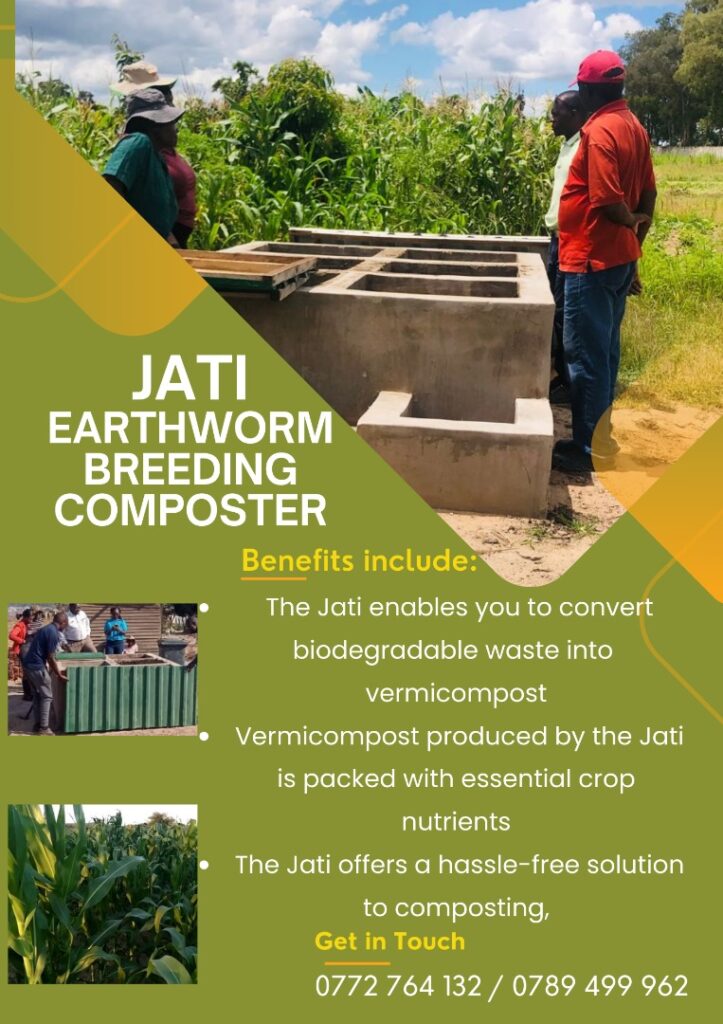
FAQ
do you have a question?
Do you have a question?
Interested in learning more about how the Jati Earthworm Breeding Composter can benefit your farming practices?
Contact us today for detailed information and expert guidance on sustainable agriculture solutions.
The Jati earthworm breeding composter
The Jati Earthworm Breeding Composter represents a revolutionary approach to improving agricultural productivity and sustainability in Zimbabwe.
By harnessing the power of nature, this technology offers a viable solution to the challenges of soil degradation, low agricultural yields, and dependency on food aid.
With the support of various stakeholders, this initiative has the potential to transform Zimbabwe’s agricultural sector, ensuring food security and economic resilience for the future.
